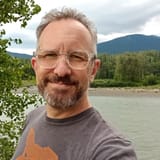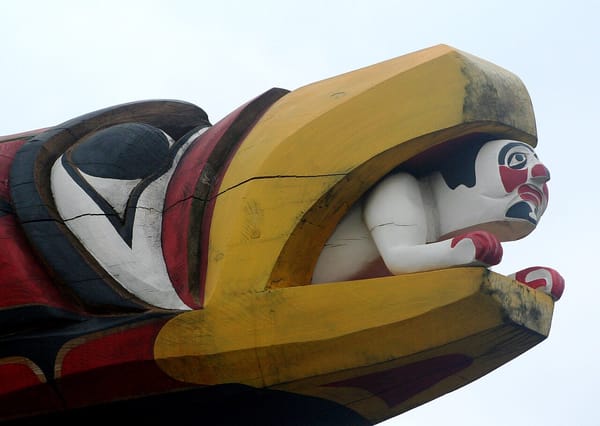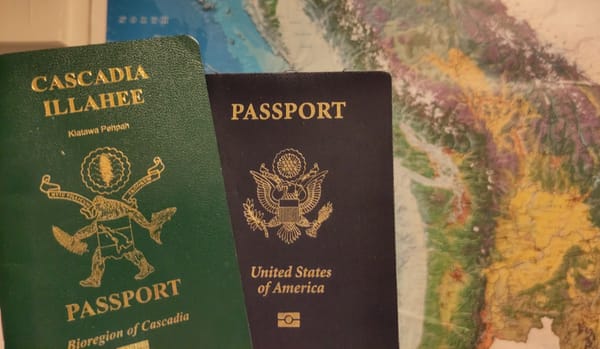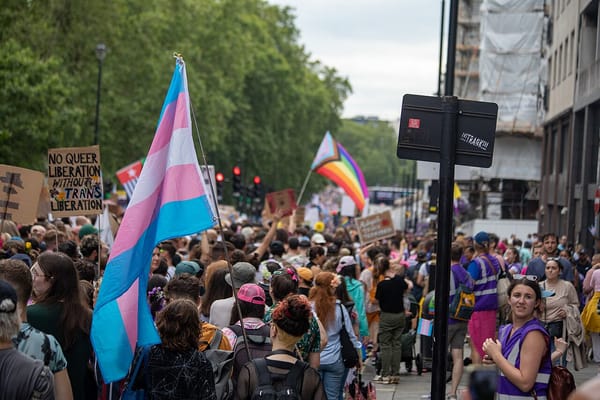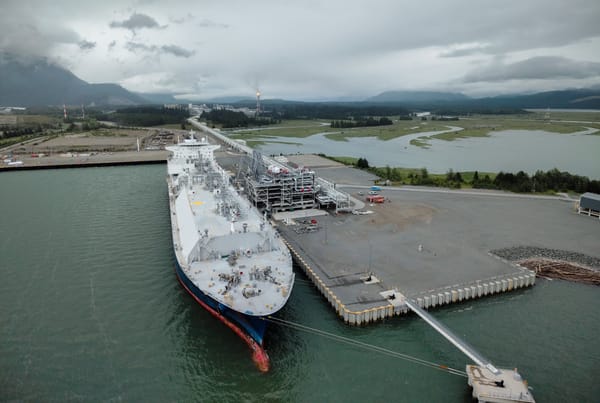It’s time for Washington and Oregon to work for an independent Cascadia
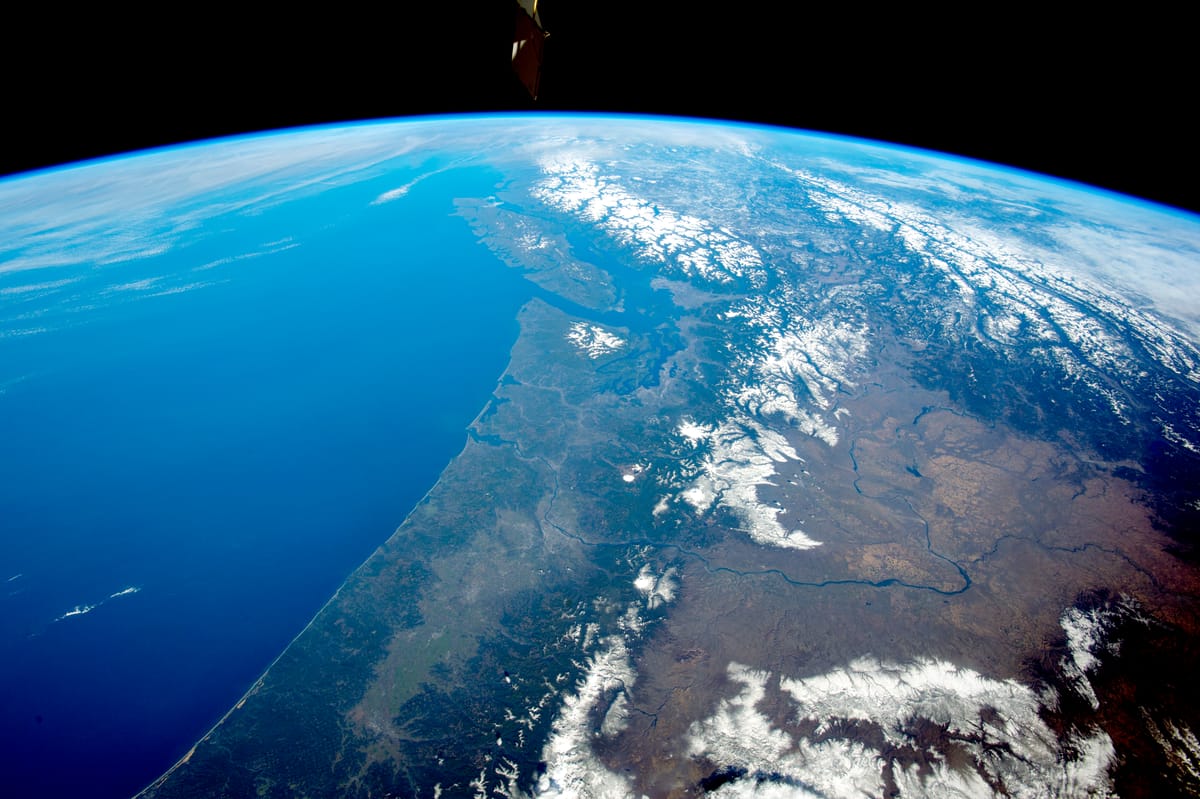
by Andrew Engelson, Drew Alcosser, and Brandon Letsinger
Earlier this month, there was a pivotal moment in Donald Trump’s four-month attack on democracy and the rule of law in the United States. When asked by Meet The Press interviewer Kristen Welker if he had a duty to uphold the constitution, Trump replied, “I don’t know.”
What we do know here in the Pacific Northwest is that we’re fed up with the federal government’s descent into fascism.
In the past few months, tens of thousands of us have attended protests across the region, demanding an end to the Trump administration’s illegal executive orders, its brazen disregard for the law, and destructive corruption.
Thankfully, the attorneys general of Oregon and Washington have filed more than a dozen lawsuits seeking to stop the destruction of government agencies, pushed back against Trump’s retaliation against states that choose to protect trans people and immigrants, and attempted to halt the president’s irrational trade policy.
However, lawsuits and strongly worded letters aren’t enough.
In this current state of emergency, we believe it’s time to consider something that would have seemed radical only a few months ago: Washington and Oregon need to talk about how to peacefully achieve more independence from the United States of America.
We are in an authoritarian crisis. The Trump administration has repeatedly demonstrated its contempt for the US constitution by ignoring court rulings, weaponizing the Justice Department against its critics, and kidnapping immigrants without due process, sending them to a brutal foreign prison in a country ruled by a dictator.
These are no ordinary times, and successfully resisting authoritarianism will require bold, visionary ideas.
Luckily, in the Pacific Northwest, some of us have already been laying groundwork for increased independence.
The notion of Cascadia, a bioregion that includes most of Oregon, Washington, and British Columbia, has gained increasing popularity over the past two decades. Cascadia spans diverse landscapes: lush rainforests, glaciated mountain ranges, and arid sagebrush deserts. Bioregionalism challenges us to think beyond national boundaries and take a more holistic approach to our common problems.
We already have a vibrant, quirky Cascadian identity. There’s the good-natured rivalry between Portland, Vancouver, and Seattle’s soccer teams. We’re passionate about craft beers, cream cheese on hot dogs, and getting outside to hike, cycle, ski, and kayak. We’ve long fostered an entrepreneurial spirit, giving birth to companies such as Boeing, Nike, Microsoft, Starbucks, Amazon, and SubPop.
And yes, we disdain umbrellas.
But on a more serious note, the Cascadia movement envisions a bioregion that transcends arbitrary borders with the goal of building a sustainable economy, taking action on climate change, and restoring ecosystems—including iconic species such as the orca and chinook salmon. In addition, organizations are already working to increase cooperation across borders in Cascadia to expand collaborative scientific and medical research as well as build a regional high-speed rail system.
The more you think about Cascadia, the less radical it seems.
Washington and Oregon together have a population of 12 million and a GDP of $1.125 trillion, putting us in the top 20 countries of the world if we were independent—on par with the Netherlands. In addition, Washington state pays out $17 million more in federal taxes each year than it receives back in government spending. As Trump threatens to cut off funding to Washington and Oregon if we don’t agree to his demands, we believe it’s time for us to build resilience and economic independence in Cascadia.
Even in the less-than-liberal central and eastern parts of each state, opposition to Trump’s tariffs and draconian approach to immigrants is growing —both of which are key to the success of farmers and orchardists who live in Yakima, Wenatchee, and Hood River.
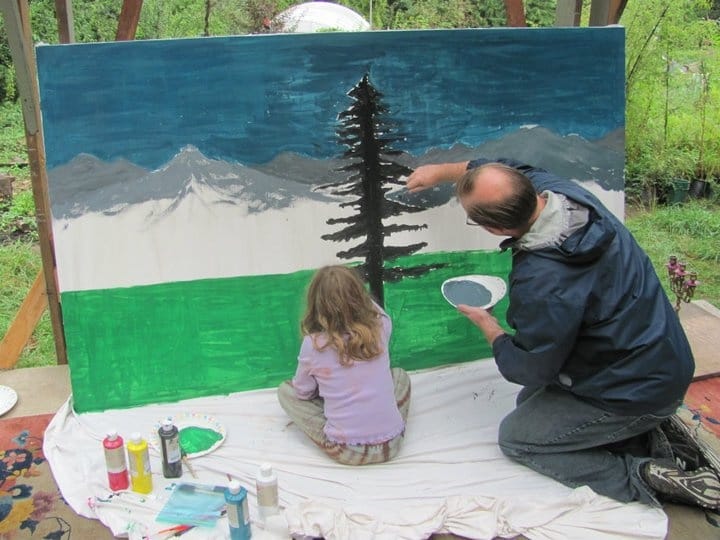
Oh, and conveniently, Cascadia has a flag—the tri-color green, white, and blue banner with an emblematic Douglas-fir tree, designed in the mid-1990s, which symbolizes a region that prioritizes a healthy environment, human rights, and mutual aid for our most vulnerable residents.
Though we value and identify with the rich history of the United States, we also recognize it’s a country with a troubled past, built on slavery and the theft of Indigenous lands. We deeply appreciate the originality of American art, music, and culture. We’re proud that the United States was the first nation built upon democracy and human rights. We’re deeply grateful to the generation in the 20th century that led the global fight against fascism.
But we now realize that the US constitution is a deeply flawed document that has failed to provide the safeguards necessary to protect us from a new tyrant—Donald Trump. Though we’re thankful that a handful Democrats, including AOC and Illinois governor JB Pritzker, are finally speaking up in resistance, we believe the system of government in the United States is so broken that it cannot bring about the major reforms necessary to restore democracy, civil rights, and the rule of law to the United States any time soon.
May 18th, the day Mount St. Helens erupted in 1980, has become an unofficial Cascadia Day, a reminder of the powerful influence that nature and the environment have in our region. Perhaps this date can serve as a sort of inter-dependence day—a call for us to consider how we can become more autonomous while also considering how we can be better citizens of this finite world we all share.
So,what would a peaceful, non-violent movement for Cascadia independence look like? Though long-time secession movements in Scotland, Catalonia, and Quebec haven’t yet achieved national independence, each of these regions has secured levels of autonomy from their parent countries that are worth exploring. The peaceful “Singing Revolution” of the early 1990s, in which the Baltic States of Estonia, Latvia, and Lithuania freed themselves from the despotic rule of the Soviet Union, can also serve as an example of how to push for independence without resorting to violence.
Though things are changing rapidly, we are still in the early stages. What’s needed next are honest conversations about what autonomy for Cascadia would look like and how we can best achieve it. Before we begin to consider tools such as a ballot referendum on independence, we believe our next steps should be to convince our elected officials to focus on building resiliency and enacting tax reforms that will increase funding and protect access to health care, education, child care, and a healthy environment. This will be especially critical if Trump continues to eviscerate federal funding for programs we care deeply about in Cascadia.
We’re a kind, empathetic people here in the upper left-hand corner of North America, and we have a fiercely independent streak. From the first Indigenous people who called this place home to those who came later, whether they were pioneers, entrepreneurs, migrants, grunge bands, or queer communities—Cascadia has always been and will continue to be a place that welcomes all.
Will you join us in this conversation? There are several groups doing the work to create a bold vision for this land we call home.
Cascadia Democratic Action is a new political coalition of people in Oregon and Washington working to lead peaceful protests against the excesses of the Trump administration and convince our legislators that we need to create a stronger and more independent bioregion.
Cascadia Department of Bioregion has been working for years to build a sense of bioregional identity and promote projects that build community and restore ecosystems.
And Cascadia Stack is dedicated to bringing people in the Pacific Northwest together to help one another become more resilient and adapt to a changing climate.
You don’t have to believe in the Sasquatch to work for an independent Cascadia. But, you do have to believe in our strength as a community and our capacity to build something new—an autonomous bioregion founded on fairness, equality, sustainability, freedom, diversity of identity and opinion, and empathy.
We believe the time is now to start shaping this vision, and we trust that the people of Cascadia are ready to rise to this challenge.
Andrew Engelson is a Seattle-based journalist. His email newsletter Cascadia Journal covers news, the environment, and culture across Cascadia.
Drew Alcoser lives in Kalama, WA and works as a social entrepreneur. Cascadia Stack offers personal climate resilience peer support gatherings to build strong community cohesion.
Brandon Letsinger is a bioregional organizer, educator, and founder of the Cascadia Department of Bioregion, working to advance regenerative systems and community-led governance across the Cascadia bioregion.

